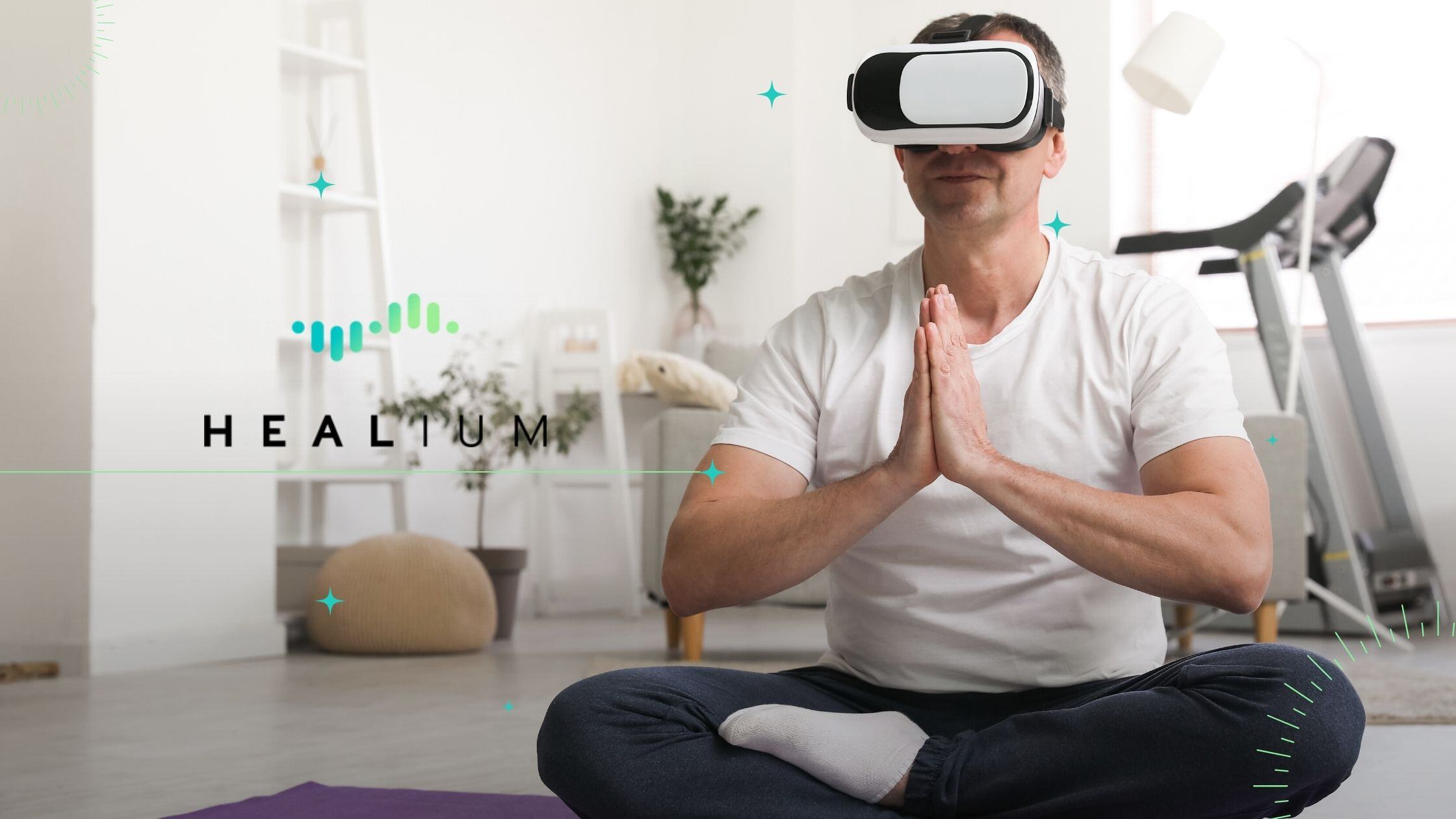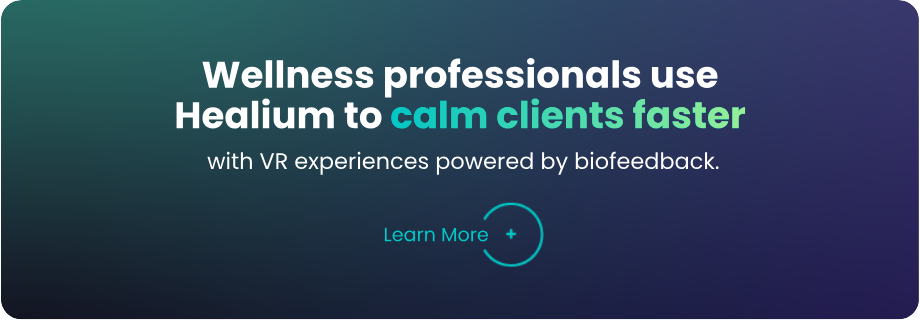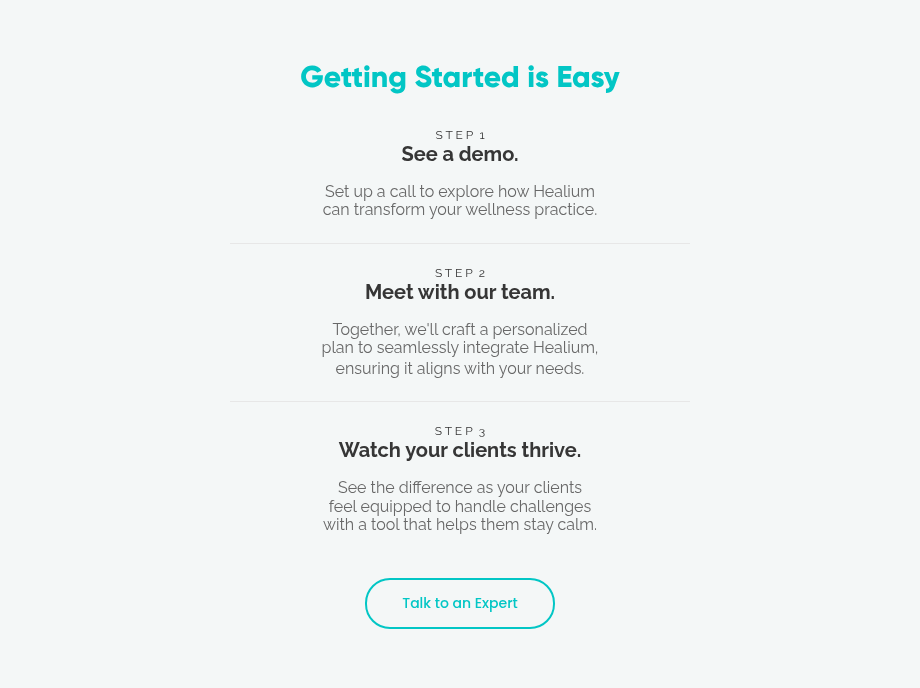Learn about the potential benefits of VR meditation and neurofeedback for self-guided PTSD relief.
Combining VR Meditation with Neurofeedback
Healium is designed to provide real-time data on users’ brainwaves, allowing them to gain agency over their mental state like never before.
How It Works:
• Biofeedback Devices: Users wear biofeedback devices that monitor their brain activity while they engage in VR meditation sessions.
• Real-time Data: As users meditate in the virtual environment, they receive real-time data on their brainwaves, allowing them to visualize their mental state.
• Self-Guided Change: Armed with this knowledge, users can learn to influence their brainwave patterns over time, potentially leading to a more balanced and resilient mental state.
Tailoring Meditation for PTSD Sufferers
It’s important to recognize that not all individuals with PTSD experience the same symptoms or respond to the same treatments. This is where the versatility of VR meditation shines. Access to a wide range of meditative experiences means a more customizable tool to drive self-guided change for our users, including those with complex PTSD.
Whether someone is dealing with flashbacks, hypervigilance, or other PTSD-related challenges, our experiences blend the following elements of meditation to help:
1. Mindfulness
Why it helps: Mindfulness meditation encourages individuals to observe their thoughts, emotions, and sensations without judgment. For PTSD sufferers, this practice can help in the following ways:
• Emotional Regulation: Mindfulness meditation allows users to become more aware of their emotional responses, making it easier to identify triggers and manage intense emotions.
• Grounding: By focusing on the present moment, mindfulness meditation can help individuals feel more anchored and less disconnected, reducing dissociation.
• Stress Reduction: The practice of mindfulness is associated with a decrease in stress and anxiety levels, which are often heightened in those with PTSD.
2. Guided Imagery
Why it helps: Guided imagery meditation involves vividly imagining calming and positive scenes. This type of meditation can be beneficial for PTSD sufferers due to the following reasons:
• Relaxation: The visualization of peaceful scenes can induce relaxation, making it helpful for those with hyperarousal symptoms.
• Creating a Safe Space: Guided imagery allows users to create and visit their own mental safe spaces, which can serve as a refuge during moments of distress.
3. Body Scans
Why they help: Body scan meditation involves systematically focusing attention on different parts of the body. For PTSD sufferers, this practice can be beneficial for the following reasons:
• Tension Release: Many individuals with PTSD experience physical tension and somatic symptoms. Body scan meditation can help them become more attuned to bodily sensations and release tension.
• Increased Body Awareness: This meditation type promotes a greater connection between the mind and body, which can be especially valuable for those who have experienced trauma-related disconnection.
• Self-Care: The practice of checking in with one’s body can foster self-care and self-compassion, vital aspects of healing from PTSD.
The Path Forward
VR meditation combined with neurofeedback empowers users with the tools they need to embark on their own healing journey. By learning to understand and influence their brainwave patterns, individuals with PTSD, including veterans, may find relief, resilience, and a renewed sense of agency over their mental well-being.
If you or a loved one is living with PTSD, we invite you to explore the potential benefits of using Healium meditation for PTSD. While not a cure or treatment for PTSD, Healium can help you become more self-aware that your thoughts have power. It’s a step toward a more balanced and empowered life, one meditation session at a time.
To learn more about how Healium works, watch the video below!









